Rachel Hauck is a multi-published author living in sunny central Florida with her husband, Tony, a pastor. They have two ornery pets. She is a graduate of Ohio State University and a huge Buckeyes football fan. Rachel serves the writing community as a member of the Advisory Board of American Christian Fiction Writers (ACFW).
The Romantic Obstacle of Newness
The summer between ninth and tenth grade, I fell into twitterpation. Working as a cashier at a south Florida Publix, I fell for a dark-eyed stockman who winked at me when he walked past, flashing his Eric Estrada smiled.
I lost twenty-five pounds in a month. I went to work early, hung around after I clocked out. I wrote pages and pages in my diary of what each little wink or nod meant to me. Between those pink pages are cash register receipts of my thoughts and feelings, oh, angst galore.
This was in the ‘70s, so I couldn’t text or Facebook him. The only time I saw him was at work. Oh, what a dreadful day when the manager posted the new schedule on Thursday and I saw my-man and I worked opposite shifts.
He was a flirt and liked to tease me. Our at-work teenage conversation swam in the shallow end of the baby pool.
“Hey.”
“Hey.”
“What are you doing?”
“Watching you.”
Giggle, blush, fiery flutter behind my ribs.
As a romance writer, I work to find all kinds of internal and external obstacles to keep my hero and heroine apart.
For example: She’s already in a relationship. He’s recently widowed. She’s wounded. He’s too career minded. She is raising her nieces. He’s trying to reestablish is professional credibility. Or, a favorite of mine, he’s attracted to her but can’t stand her. She thinks he’s an arrogant buffoon.
As writers, we need to find real obstacles to keep our H/H from declaring their love too soon⎯thus wrapping up the story⎯while convincing the reader, “these two need to be together!”
Over on Billy Mernit’s Living The Romantic Comedy blog, he advices that the real purpose of a romantic story is to show the reader or viewer WHY these two people need to be together.
Often, writers spend too much time showing why the hero and heroine need to be apart. But what readers want it to be convinced there is no one for Harry but Sally.
While writing my newest romance, Dining With Joy, I realized something simple but profound: the newness of my hero and heroine’s relationship provided plenty of internal and external obstacles.
I didn’t need to scale mountains or leap over city walls to build a believable conflict.
Think about the first time you met your spouse. Or think back to your first major romance. Even if sparks flew at first meeting, it took time to let down your guard and discover each other.
In the beginning, it was hard to determine how much the relationship meant to you. Was h or she worth your time and effort?
The idea of changing your schedule to met his wasn’t a priority. If he called, that was cool, but you didn’t wait by the phone. She might have stopped by your work to say hi, but you merely smiled, said it was good to see her, then met your friends at a restaurant.
All of these “newness” factors provide wonderful, believable conflict.
By nature, men are emotionally modest. They only open up when they feel the woman has become their friend. Women are physically modest. Even in this modern sexual world, we are shy about first kisses and touches.
How does this translate to your romantic story? It is very plausible to show your hero and heroine testing each other, wondering about their motivation and character, standing back to wait and see.
Is she sincere? Can I trust him? If I share my deepest thoughts, will she still love me? If I allow him to kiss me, will he want me tomorrow?
New relationships are fraught with complications and misunderstandings by the mere fact two very different people are trying to merge their lives.
There’s the fire of the first kiss. Emotional and physical temptations. Combining social activities and sharing friends. Meeting the parents. Realizing you’re in love but afraid the feelings may not be reciprocated. Breaking up. Getting back together. Finding the common ground on which you might build a life together. What goes, what gives, what takes?
In the movie “500 Days of Summer,” Tom and Summer meet while working at the same greeting card company. He’s too shy to ask her out. She’s bohemian and enticing. As the viewer, I was hooked with the idea of “newness.” How will he ask her out? Will she accept? I know they will get together, but how?
After a few dates, Tom gushes, “It's official. I'm in love with Summer. I love her smile. I love her hair. I love her knees. I love how she licks her lips before she talks. I love her heart-shaped birthmark on her neck. I love it when she sleeps.”
Newness! The discovery of Summer drew Tom to a place of love. At this euphoric point, she is perfect to him!
What a excellent set up for a great romantic disaster. Boy meets Girl. Boy thinks Girl hung the moon. Girl can’t believe she met the last good Boy on earth. He takes her to his favorite hang out. She drives him to her favorite picnic spot.
Readers go along, too, believing these two people are destined for eternal happiness. THEN, it happens. Disaster. The power of newness has worn off and becomes⎯for our storytelling purpose⎯the obstacle.
Tom loves Summer, but she doesn’t believe in love and ever after. Their ideas and life experiences begin to pull them apart.
Tom quickly changes to say, “I hate her crooked teeth. I hate her 1960s haircut. I hate her knobby knees. I hate her cockroach-shaped splotch on her neck. I hate the way she smacks her lips before she talks. I hate the way she sounds when she laughs.”
The loss of “newness,” and the eye opening truth of who Tom and Summer are become the very obstacle that drives them apart.
As you plot your next romance, brainstorm all the emotional and physical obstacles the hero and heroine face from the moment they meet. Then build in a story world that adds to their conflict⎯he’s blue collar, she’s blue blood⎯then weave in all the trouble of being “new” to one another.
Brainstorm ways the newness wears off. What is the fall out of the relationship when that “fresh” feeling fades? How vulnerable are your characters when the relationship ends after confessing their love and pouring out their hearts to each other?
Brainstorm the obstacles and possible conflict that arises after worn-off newness. He stops sending her flowers. She stops shaving her legs. He forgets to call when he’s late for dinner. She admits she can’t stand his best friend.
But remember⎯these two belong together. As you work the newness factor through your story, remember to keep in the shadows of the disaster why these two need to are ultimately a match made in heaven.
In Notting Hill, William Thacker is perfect for Anna Scott because he sees her for who she really is, not the superstar actress. In While You Were Sleeping, Jack is the same kind of dreamer as Lucy. In The Proposal, Drew and Margaret share a love for the written word. And deep down, Drew gets Margret’s vulnerability. She admires his determination and strength.
So, let’s recap. Newness is a huge factor for our romantic leads. Have fun dreaming of the discoveries and conflicts a couple just starting out faces. Yet, keep to the real heart of any great romance⎯convincing the readers there is no man for the heroine like the hero. No woman for the hero like your heroine.
Write well.




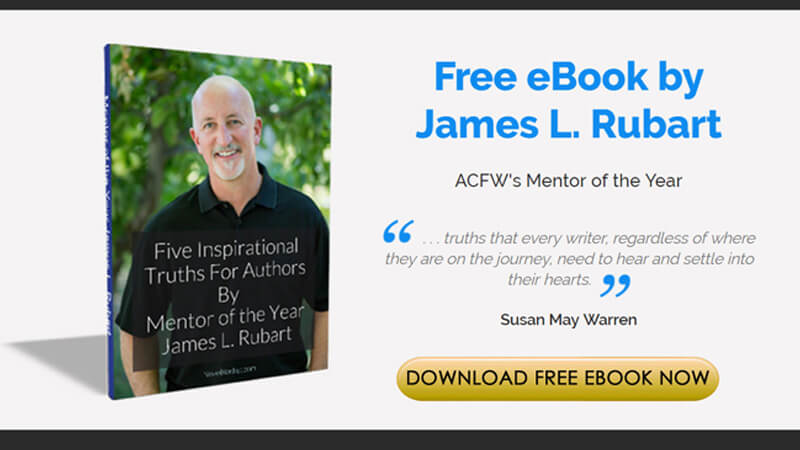

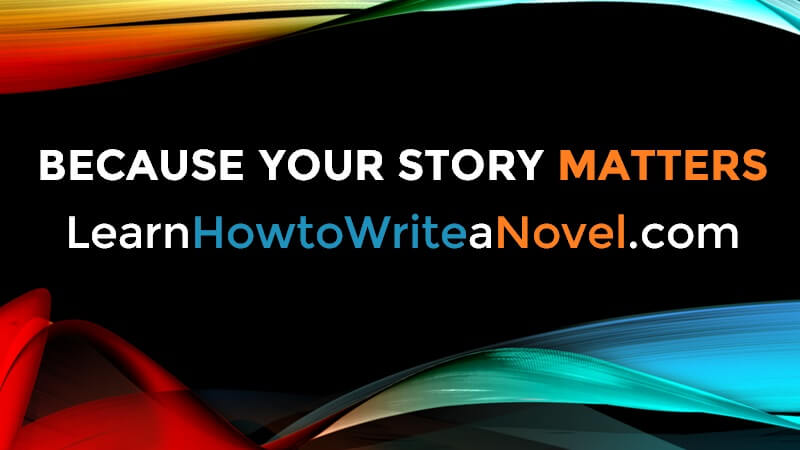
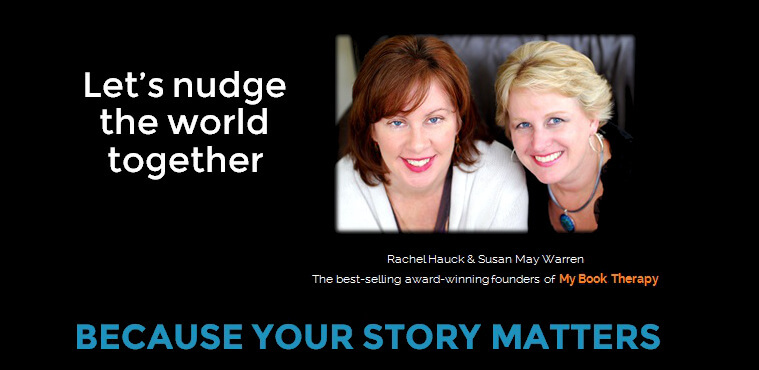
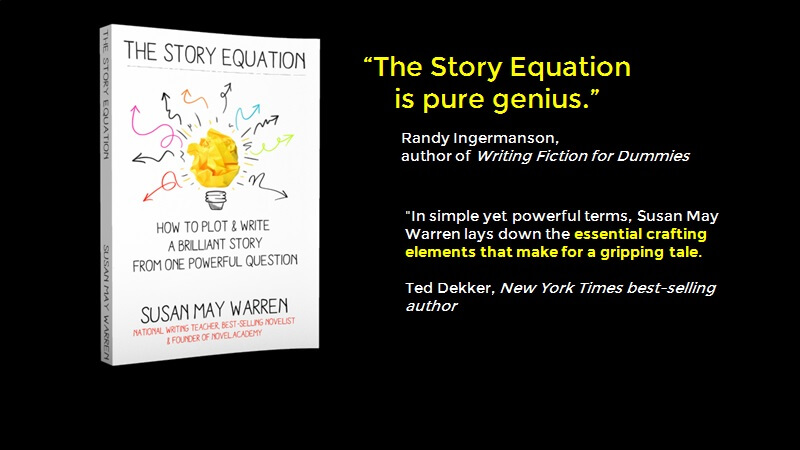



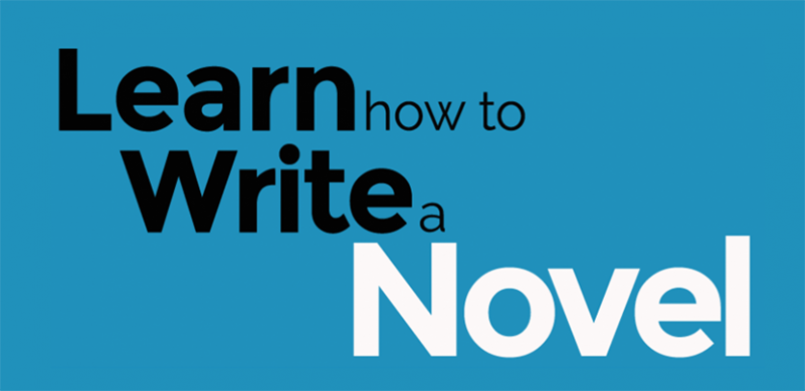



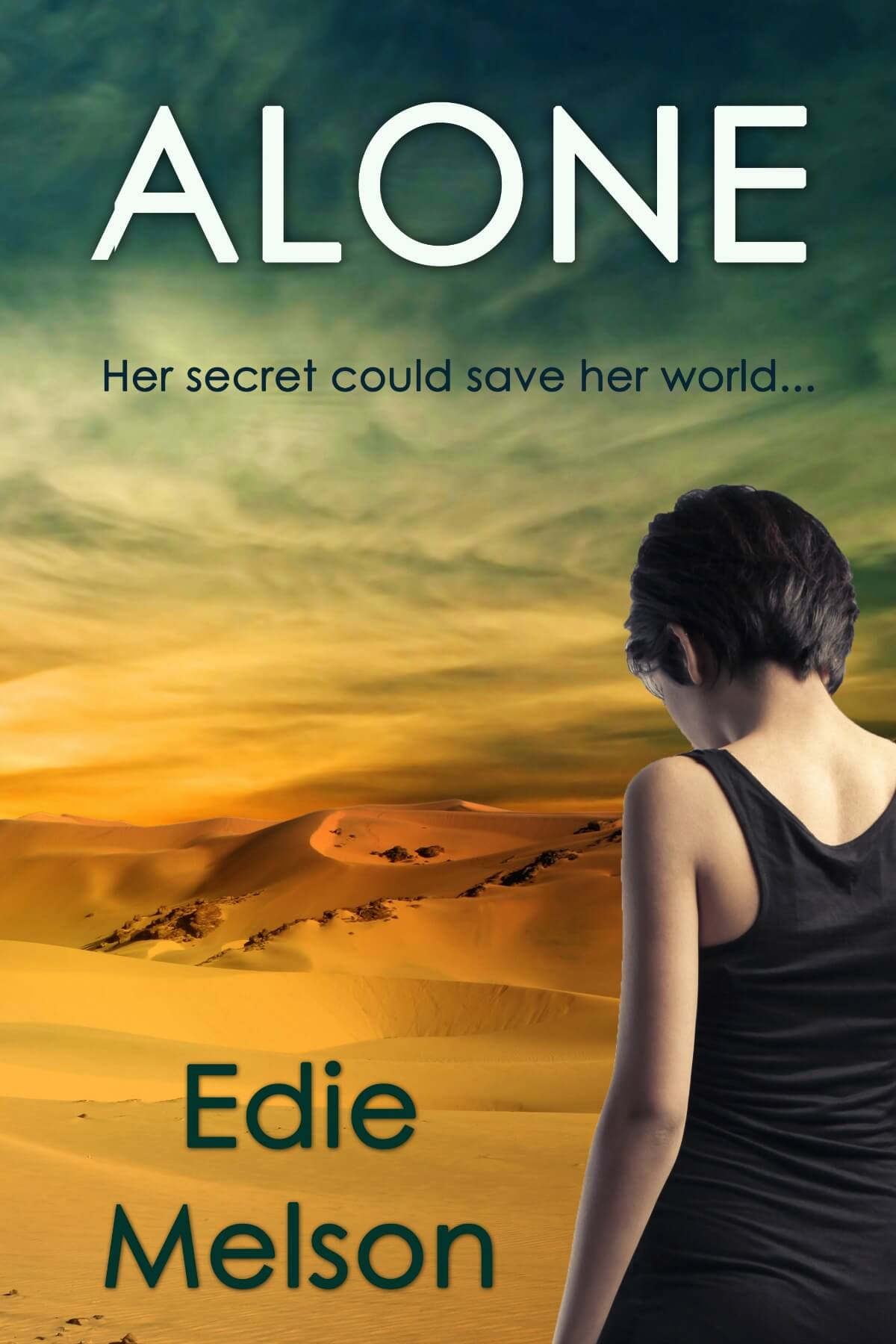









Thanks Novel Journey for having me!
ReplyDeleteRachel
Hi Rachel, this was good! Thanks for sharing these ideas!
ReplyDeleteBlessings,
Carrie
Excellent post, Rachel!
ReplyDeleteLove reading this post! Fantastic! Rita
ReplyDeletehttp://ritasrandomramblings.blogspot.com/
Oh Rachel,
ReplyDeletewhat a great post! Thanks for the reminder AND the new perspective.
I'm always listing the conflicts and in my head I know my H/H are going to BE together - but I've never thought of listing the reasons why they are perfect-for-each-other.
It gives a different vantage point for the entire story. Thanks a bunch.
Pepper
great post, Rachel! You're brilliant. No wonder I love your books!!
ReplyDelete